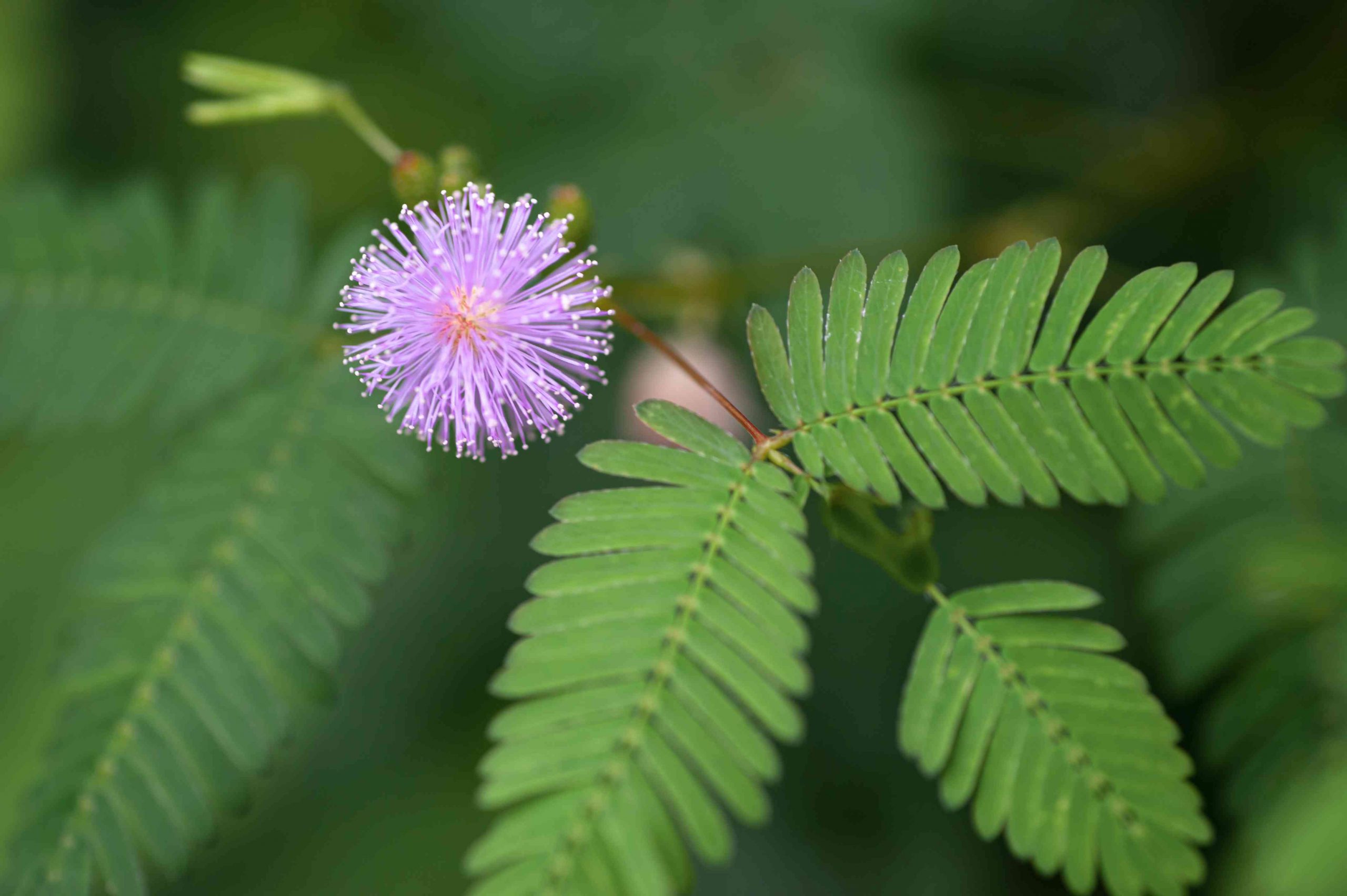The elegantly weeping mimosa tree Albizia julibrissin, is prized for its frothy pink flowers and delicate foliage. However its aggressive spreading roots and abundant seed pods make mimosa an invasive plant in many areas. For those seeking the aesthetic of mimosa without the headaches, many exquisite alternatives exist. Here are some of the top plants that offer the look of mimosa trees but are better garden citizens.
Why Seek Mimosa Alternatives
While uniquely beautiful, the introduced mimosa tree has some drawbacks that lead many gardeners to seek substitute plants, including
- Invasive roots that spread aggressively and lift pavements
- Dense shade that smothers and outcompetes other plants
- Abundant seed pods that rapidly colonize an area
- Fragile wood that is prone to breakage in storms
- Short lifespan of just 10-20 years typically
For a stunning but more well-behaved specimen, consider one of these graceful plants that evoke the delicate beauty of mimosa.
Sweet Acacia
Sweet acacia (Acacia farnesiana) is a small, vase-shaped tree that resembles mimosa, but is far less problematic. It features:
- Fern-like, bipinnate foliage
- Fragrant, yellow puffball flowers in spring
- Thornless stems and no invasive roots
- Good drought and heat tolerance
- Height and width of 15-25 feet
Sweet acacia makes a graceful patio or street tree in zone 7-11. It also works well in mixed borders and cottage gardens. Just beware of its thorns when young.
Powderpuff Mimosa
Despite its common name, this perennial native plant is not at all related to true mimosas. Powderpuff mimosa (Mimosa strigillosa) offers:
- Fine-textured, ferny foliage
- Pink round powderpuff flowers in summer
- Good heat and drought tolerance
- Pollinator-friendly blooms
- Modest size of 2 feet tall and 3 feet wide
Use powderpuff mimosa as a pretty groundcover or border plant in warm climates It needs sharp drainage and does best in full sun,
Bottlebrush
Bottlebrush shrubs produce eye-catching spikes of vibrant flowers beloved by hummingbirds. Their long, slim leaves bear similarity to mimosa foliage. Try:
- Lemon bottlebrush (Callistemon citrinus): Grows 10 feet tall with bright red blooms and citrusy scent.
- Weeping bottlebrush (Callistemon viminalis): Features gracefully cascading stems and vivid red flowers.
Grow bottlebrushes in zones 8-11 as stand-alone specimens or hedges. Give them room as most varieties reach 6-15 feet wide.
Dwarf Powderpuff
For a compact bottlebrush lookalike, turn to the dwarf powderpuff (Calliandra spp.). These tropical shrubs stay under 5 feet tall and offer:
- Feathery, mimosa-like leaves
- Round powderpuff blooms in shades of red, pink, white, or purple
- Attractive seed pods after flowers fade
- Hummingbird appeal
Site dwarf powderpuff in full sun to light shade with well-drained soil. It makes a nice foundation plant for zone 9-11 gardens.
Flamevine
Another tropical mimosa doppelganger is flamevine (Pyrostegia venusta). It boasts:
- Delicate, lacy leaves resembling finely cut mimosa foliage
- Brilliant clusters of orange-red tubular flowers in late summer
- Vigorous climbing vines up to 25 feet long
- Suitable as a seasonal Annual in cooler zones
For a bold mimosa statement, let flamevine scramble over fences and arbors in zone 9-11. It needs a strong support structure and frequent watering.
Alternate-Leaf Mimosa
Finally, consider the non-invasive alternate-leaf mimosa tree (Albizia julibrissin ‘Summer Chocolate’). It offers the grace of a mimosa but with:
- Less aggressive roots and reduced seed spread
- Chocolate-purple foliage for unique color
- Pink powderpuff blooms
- Mature height around 20-30 feet
Use as a patio tree or specimen plant. Provide ample space for the wide canopy and long roots.
Finding the Right Mimosa Lookalike
Mimosa might be too problematic to plant in your landscape, but fortunately many exquisite plant alternatives exist. Choose a species suited to your climate and site conditions for years of delicate, mimosa-like elegance. Always select non-invasive varieties and remove seed heads before they spread. With the right plant, you can enjoy the beauty of mimosa without the headaches.
Pesky Plants: Mimosa
FAQ
What are the weeds that look like mimosas?
What plants are similar to Mimosa pudica?
What is the difference between Albizia and mimosa?
Is mimosa and touch-me-not plant same?
What is a mimosa tree?
Several plants are known as mimosa. These include the sensitive plant, Mimosa pudica, as well as Albizia julibrissin, which is most often called Persian silk tree in the UK, but is known as mimosa in the United States. All three plants have similar leaves. Grow mimosa tree in a sheltered, sunny spot in well drained, neutral to acidic soil.
What do Mimosa seeds look like?
Mature mimosa seed pods are flat, papery, and elongated with 5 to 10 pea-like seeds. Mimosa tree pods measure 4” to 8” (1.2 – 2.4 cm) long and 1” (2.5 cm) wide. The dangling pods appear green in June and turn brown by late summer and early fall when they disperse their seeds.
How tall do mimosa trees grow?
Although mimosa trees can grow up to 50 ft. (15 m), keeping them in a large container and pruning will limit their height. If you decide to plant a mimosa tree in your yard, it’s wise to choose the correct location. Mimosas have shallow roots that only grow 2 feet (60 cm) deep.
What does Mimosa pudica look like?
With its unique behavior, this small, herbaceous plant has captivated people’s interest for centuries. Mimosa pudica displays small, fern-like leaves that quickly fold inward and droop when touched or shaken, reopening minutes later. The plant has thorny stems and produces fluffy, ball-shaped pink or purple flowers.
- The Ultimate Guide to Growing Strawberries in Raised Beds - August 8, 2025
- No-Dig Garden Beds: The Easiest Way to Grow a Beautiful Garden - August 6, 2025
- How to Protect and Preserve Wood for Raised Garden Beds - August 6, 2025

